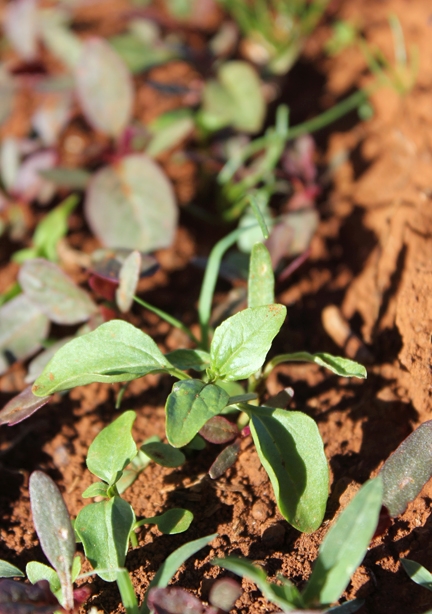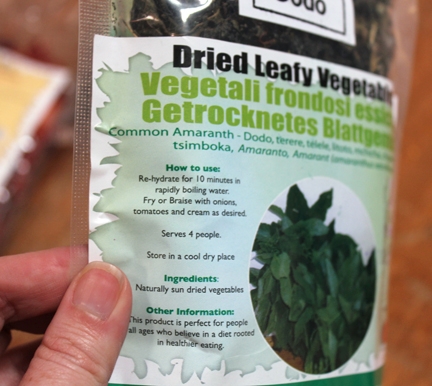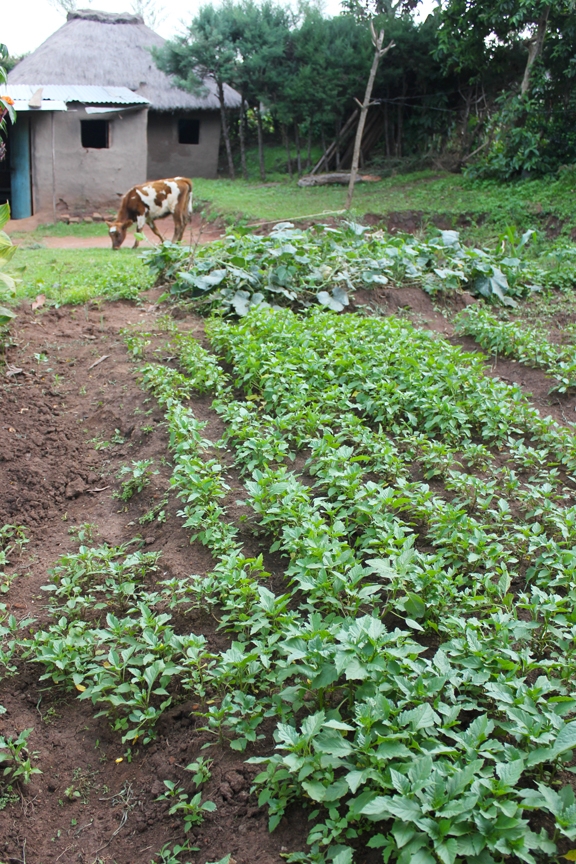
The idea that weeds can be edible pops up periodically, with articles suggesting one person's weeds are another person's salad bar, highlighting chefs who “have a way with weeds,” discussing ways medieval gardeners encouraged weeds, and even suggesting ways to eat away at invasive species. But is this something we should take seriously?
“We call these plants weeds because of the way we interact with them. They're in our gardens, they're in our lawns, and they're competing with plants that we prefer to eat,” said Lynn Sosnoskie, a weed scientist at UC Davis. “But a lot of the plants that are weeds here in the United States were brought here purposefully—to be eaten.”
Sosnoskie's doctoral thesis was on just such a plant, with the tasty name of “garlic mustard.” She has also worked at length on Palmer amaranth, a pernicious weed found in cotton fields that can be glyphosate-resistant. In response to one Georgia farmer asking in exasperation if he should just eat the plant taking over his fields, she did some preliminary research into eating Palmer amaranth.
“It's probably not feasible to eat our way out of a serious weed problem,” she said. “But I certainly feel like we can investigate them as other potential food sources.”
In fact, the Horticulture Innovation Lab at UC Davis has a project that is researching three “indigenous vegetables” in Africa, two of which — amaranth and black nightshade — are considered weeds in the United States. The vegetables can be nutritious and profitable options for small-scale farmers in Kenya, Tanzania, Zambia and elsewhere.

Though he holds a Ph.D. in weed science, Weller is now figuring out the best ways to cultivate amaranth and black nightshade — instead of to eliminate them. Before he started working with these plants, common assumptions held that they should be easy to grow because, well, they “grow like weeds.”
“But we found out that growing them is more intensive than we were initially led to believe — similar to growing any other vegetable,” Weller said. “They need water, they need fertilizer, and pests are a problem.”
Caveat emptor: Though weedy plants can indeed be a source of food, both scientists cautioned against thinking of weeds as a “free-for-all forage buffet.” Some plants may be toxic, and weeds in farm fields may have been sprayed recently. It is important to be knowledgeable of the plants and how they've been grown before trying to eat one.
